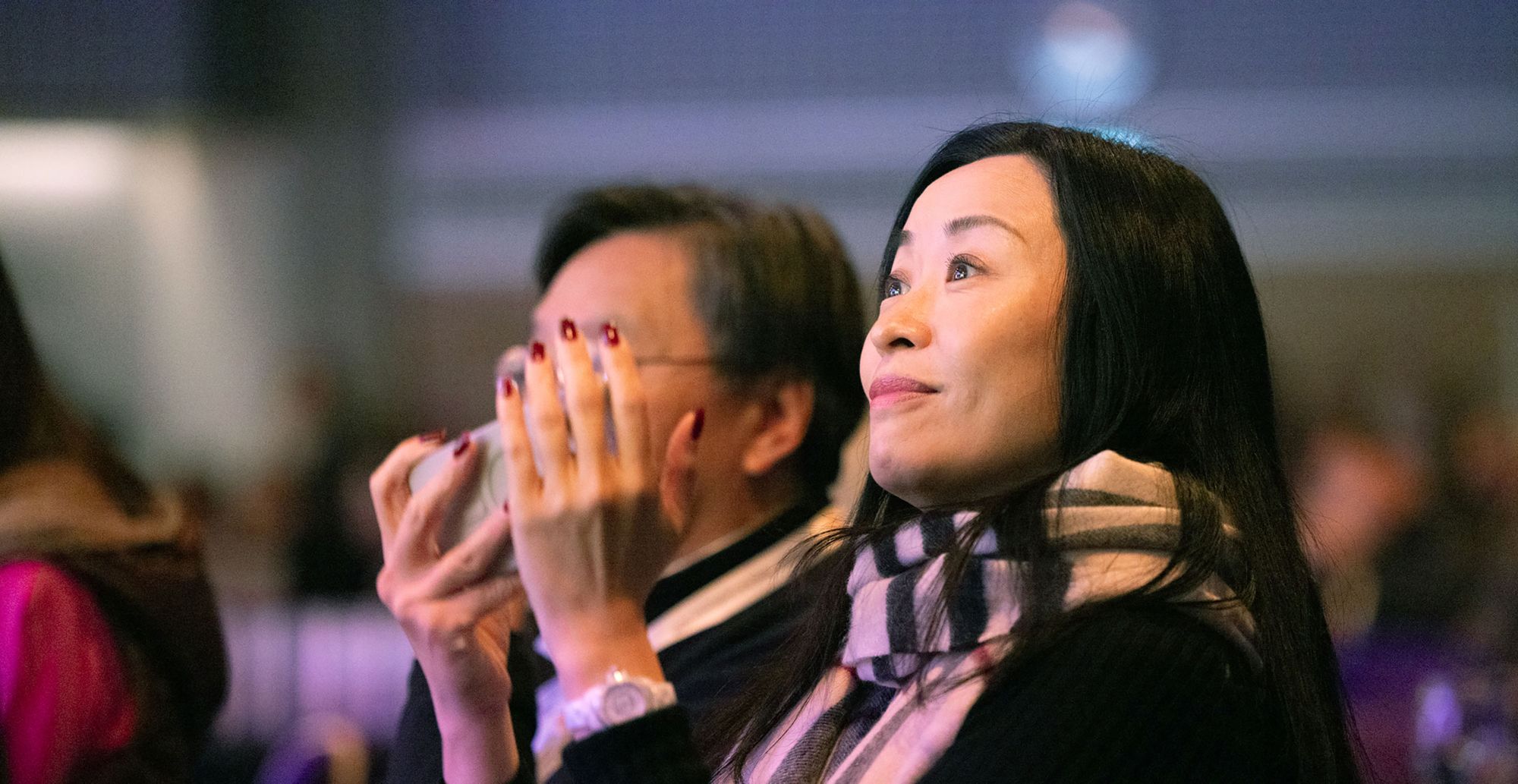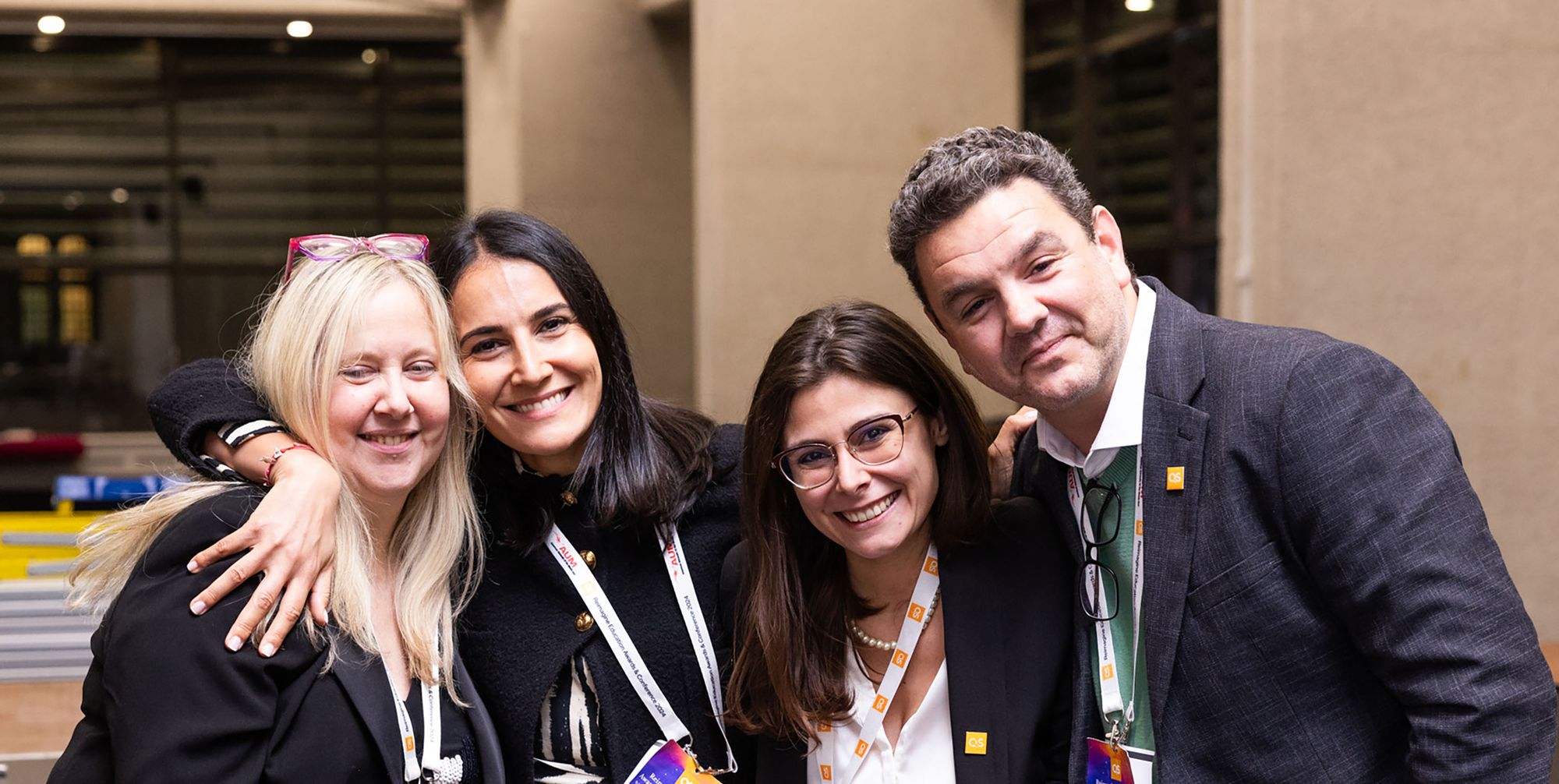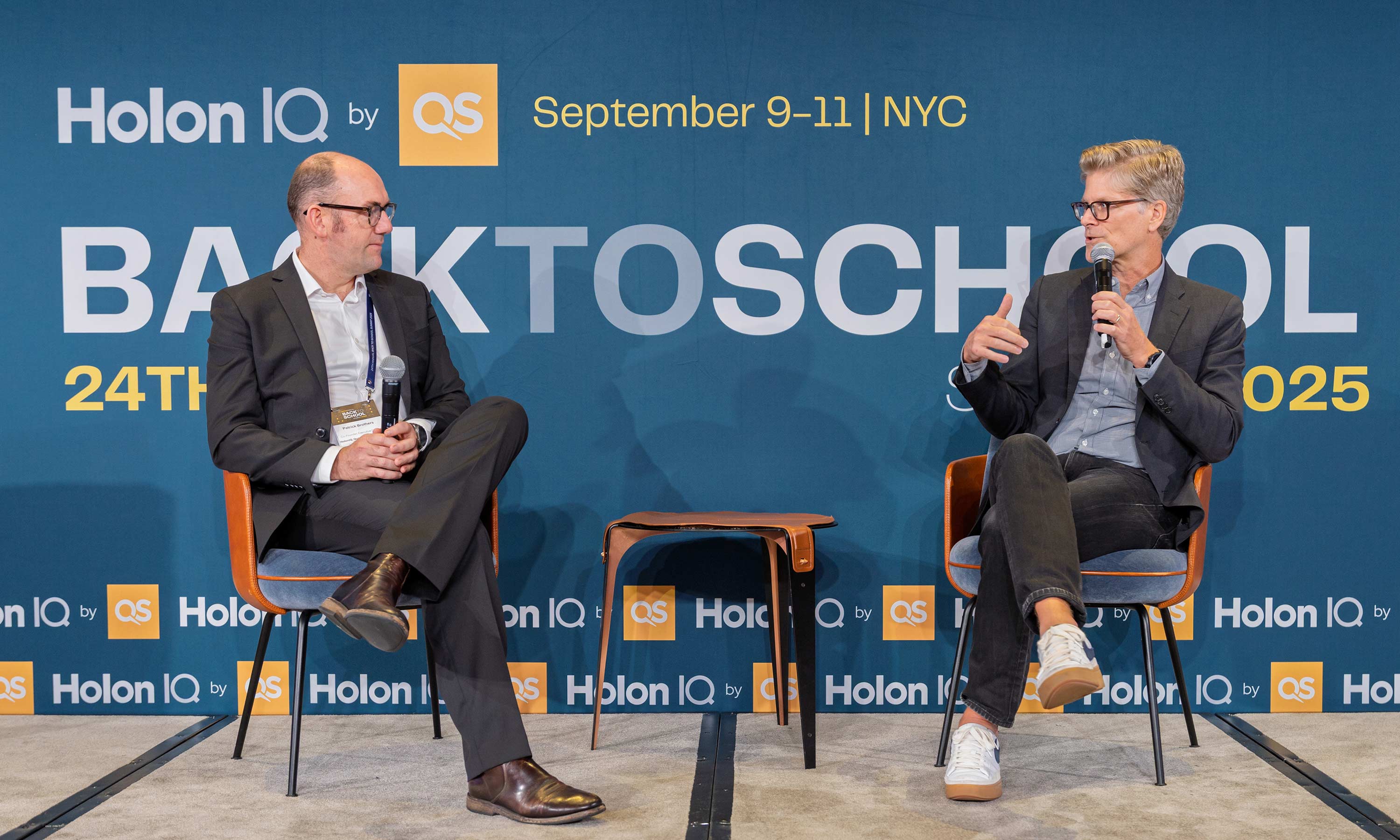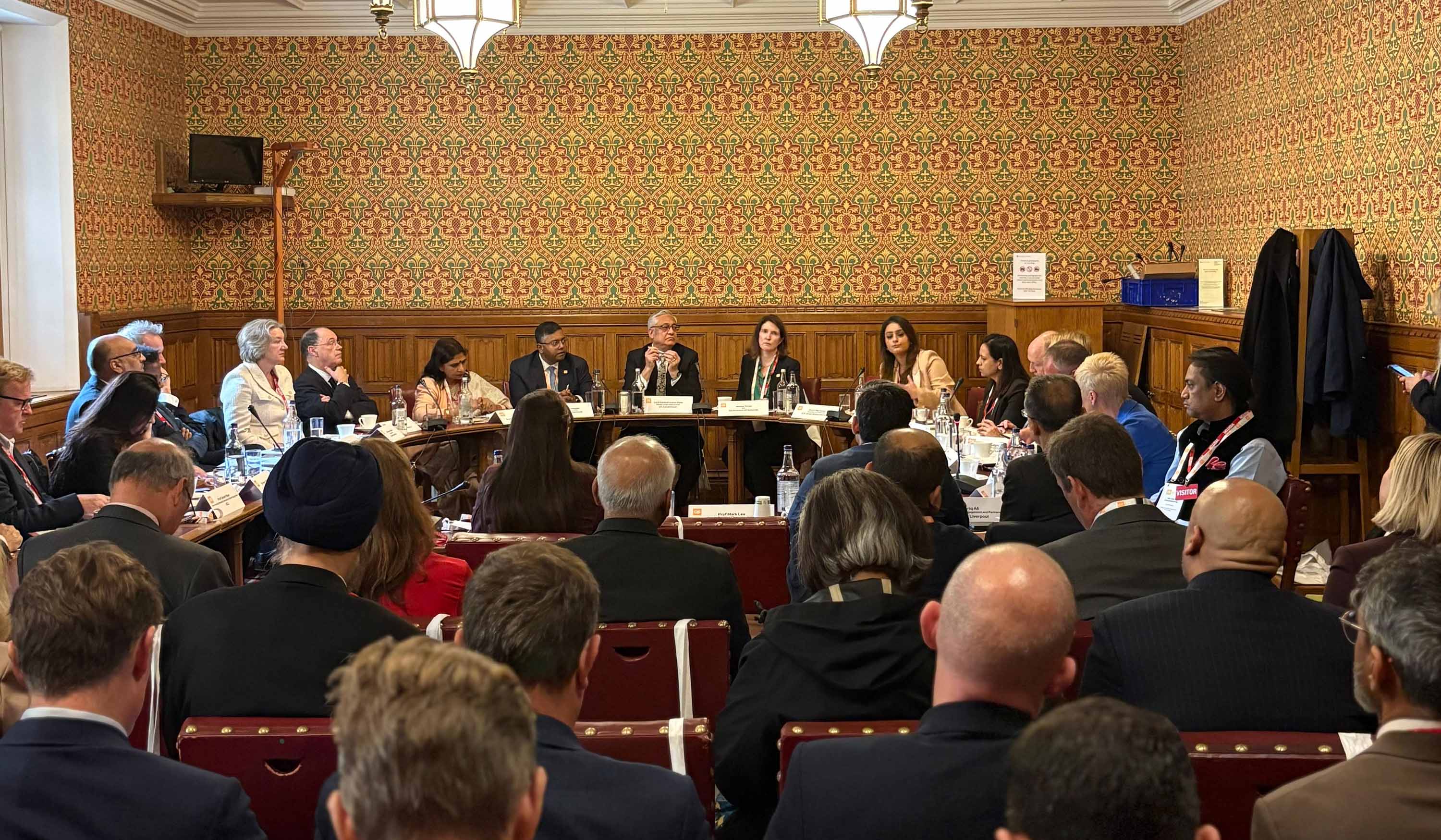In brief:
- International enrolment hit a record 210,000 in 2024, driven by cultural interest. This surge helps Korean universities offset financial pressures from a tuition freeze and combat the declining local student body.
- Many incoming students lack sufficient language skills to succeed academically, undermining class quality. Universities are ambitious to globalise but often lack the English-taught classes and staff needed to support this diverse cohort.
- Urgent reforms must focus on strengthening entry standards and academic support, rather than just numerically filling seats. Deregulation of finances, increased research funding and improving cultural tolerance are crucial to maintaining global competitiveness and attracting top talent.
“K-pop helps a lot,” says Professor Lee Byung-jong, from the School of Global Service at Sookmyung Women’s University.
“There are a growing number of foreign students, and many of them choose Korea over Japan or China, because of this culture here.”
The Korean Wave, or Hallyu, has become a major draw for prospective international students. For many, studying in South Korea offers a unique chance to experience this firsthand, from music and entertainment to fashion and food.
As Professor Lee observes, this interest is a win for South Korea’s universities, which have been eager to attract international students to offset financial challenges caused by a 16-year tuition freeze and to counter the local shrinking college-age population. The number of foreign students in Korea hit a record high in 2024, rising to 210,000. South Korea’s Ministry Education says the 15 percent increase from the previous year speaks to “local government efforts and rising interest in Korean culture” in a September review of the Study Korea 300K plan. Launched in 2023, the 300k plan aims to attract 300,000 international students by 2027 and position Korea as a top ten study destination internationally.
At its rate of growth, the Korean government will have “no problems” reaching its target to by 2027 says Professor Lee. Between 2014 and 2024, as Korea’s pop culture rose in popularity, the number of international students pursuing degrees in Korea nearly tripled, from about 53,000 to more than 145,000. This surge of foreign students comes at a time when its higher education system needs a boost from financial constraints and a declining student population.
Given the country’s low birth rate, the world’s lowest, the number of college age students has dramatically reduced, falling by almost half from over 600,000 in 2000 to around 310,000 today. Some forecast it will drop further to 200,000 by 2039.
While the increase in foreign students may help fill seats in universities, it is not without growing pains.
Growing pains
“There is still a problem of quality in terms of the foreign students coming to Korea,” says Professor Lee. He explains that language is the biggest issue, as not all incoming students have a high Korean proficiency. “Now an increasing number of foreign students are from more diverse countries in Europe and the US, and they don’t necessarily speak good Korean,” says Professor Lee. “So, schools need to have more classes in English, but they are not there yet. So that undermines the quality of classes at many universities. That’s something they have to work on.” he says.
“Korean universities are very ambitious to make their campuses open, and global. But, in many aspects they're not fully ready,” says Professor Lee, explaining that beyond being unable to provide many classes in English, Korean universities often do not have enough staff to handle a growing number of foreign students in other aspects. There is growing criticism that the government’s 300K plan “remains an expedient response to financial pressure” warns Han Ji-eun, a senior researcher at Konkuk University’s Migration and Social Integration Research Center in a September 2024 report.
Han also reported that the government lacks concrete solutions to improve the academic performance or integration of foreign students. According to a Korean Herald report, more than half of the students enrolled in university or graduate programmes may not have sufficient language skills in either Korean or English to keep up with their studies. Citing data from the Korean Ministry of Education, only 34 percent of degree-seeking international students in 2024 had reached Level 4 or higher, the minimum required to read and understand newspaper articles or standard academic texts, on the official Korean language proficiency exam, known as TOPIK.
Meanwhile, just 11 percent of foreign students submitted a qualifying TOEFL iBT score of 59, which represents a basic grasp of English. Lawmaker Jin Sun-mi, who requested the Education Ministry’s data, told the Korea Herald the numbers show that policy reforms are urgently needed. “There is a clear need to strengthen entry criteria and provide expanded support so that foreign students can succeed academically, not just numerically fill seats,” Jin said.
Cutting red tape
Korean universities are caught between a rock and a hard place as colleges face increasing financial pressure and limited resources. “At my university, we had to freeze the faculty and staff's salaries for over 10 years. When I became President, I raised them for the first time in 12 years,” Professor Kim Eun Mee tells QS Insights Magazine, sharing her experience as the 17th President of Ewha Woman’s University.
But even then, she recalls the labour union saying it was not enough given the inflation rate. Professor Kim explains that Korean university administrators face greater constraints than schools elsewhere. She recalls a conversation with colleagues from other universities around the world, suggesting that she increase the enrolment or even tuition fees.
“I said, I can't. The government says we can't do that,” explains Professor Kim. “It's a real conundrum for university administrators, because you have to make ends meet, and you have a decreasing student body, how do you do that?” she says, explaining that Korean universities are more heavily dependent on tuition as a main source of revenue. “If you can't increase tuition, and the student body is decreasing, there's really no way out,” she says.
“For us to stay competitive, we have to bring in research grants which is a major Herculean effort.” Professor Kim says Ewha University relies on loyal donors, alumni and research grants in order to raise funds. While many of these policies will likely take years of policy making to resolve, Sookmyung Women’s University’s Professor Lee stays optimistic of the road ahead for the higher education landscape. “This has been a very controlled, regulated country for such a long time. The main push of this democracy is to deregulate all these bureaucracy. I think this will happen,” he says.
10 SNUs in Korea
Seoul, as the country’s capital, has long dominated South Korea’s higher education industry, hosting most of the country’s top ranked universities. Korea’s most prestigious schools, known as “SKY universities”, which include Seoul National University (SNU), Korea University, and Yonsei University, are in Seoul. It has left established institutions in other states struggling, as money and talent funnel into the country’s capital.
“Seoul has become such a megapolis absorbing close to a fourth of the country's population. And the magnet for this was higher education,” says Ewha’s Professor Kim. To bridge the widening gap between the capital and the rest of the country, South Korea’s President Lee Jae-myung pledged to establish 10 SNUs across the country. This policy has since emerged as a key education pledge of the Lee government. Details are still being worked on, but President Lee aims to significantly increase funding to nine existing "flagship national universities," to ease educational pressure and promote balanced national development.
By loosening the concentration of prestige and investment from a handful of top institutions, President Lee Jae-myung aims to reduce population pressure in the greater Seoul area and “encourage young people to stay and thrive in their local communities”. Ewha’s Professor Kim and Sookmyung Women’s University’s Professor Lee both tell QS Insights Magazine that this plan is highly ambitious.
“If you look at regional schools now, they are all struggling very much, financially, in recruiting new students. They are not in good shape. How can you make 9 elite schools in the provincial areas?” asks Professor Lee. Given her experience heading a university, Professor Kim raises staffing and recruitment concerns.
“The academic market is not as open and fluid as in the United States or Europe,” she says, explaining that Korean professors typically stay in Korea during the entire course of their academic career. “So, it's not like we have a pool of university professors who are willing to go into these 10 major super universities. That means the other institution where they're leaving would leave a big hole, and it would be very difficult to recruit.”
Brain drain
“Korea’s higher education system has gotten better, but not fundamentally,” Stanford Professor Shin Ki-wook tells QS Insights Magazine.
Recollecting his days as an undergraduate in Seoul in the late 70s, he says it was uncommon to come across even a single international student on the street, a stark contrast to today’s figure, and a testament to Korea’s growing openness to diversify. But more needs to be done, and urgently.
In the decades since, Professor Shin, who is Director of the Asia-Pacific Research Institute at Stanford University in the US, says a “big concern for the future” is South Korea’s strategy to produce top quality leaders in areas of innovation. In an op-ed published in Korean newspaper The Hankook Ilbo, Professor Shin wrote that Japan, Australia, China and India are all desperately pursuing diverse talent acquisition and utilisation policies, making it more challenging for Korea.
“Given that research facilities and compensation at Korean universities and companies are woefully inadequate compared to their international peers, why would globally competitive talent remain in Korea?” he writes, highlighting that 56 Seoul National University professors have moved abroad over the past four years.
South Korea's higher education system is notoriously competitive and plays a significant role in the country's society and economy. With one of the highest tertiary education attainment rates among OECD countries, over 69 percent of young adults hold a college degree, far surpassing the OECD average. “Korea’s higher education system has developed like its economy,” he tells QS Insights Magazine, “but it is now facing similar challenges.”
In order to tackle some of the persisting issues in its higher education scene, Korea has to “improve cultural and racial tolerance and embrace diversity”, he says. Professor Shin suggests higher education institutes must teach more about those issues and cater to all students- including its burgeoning international cohort.









.jpg)








